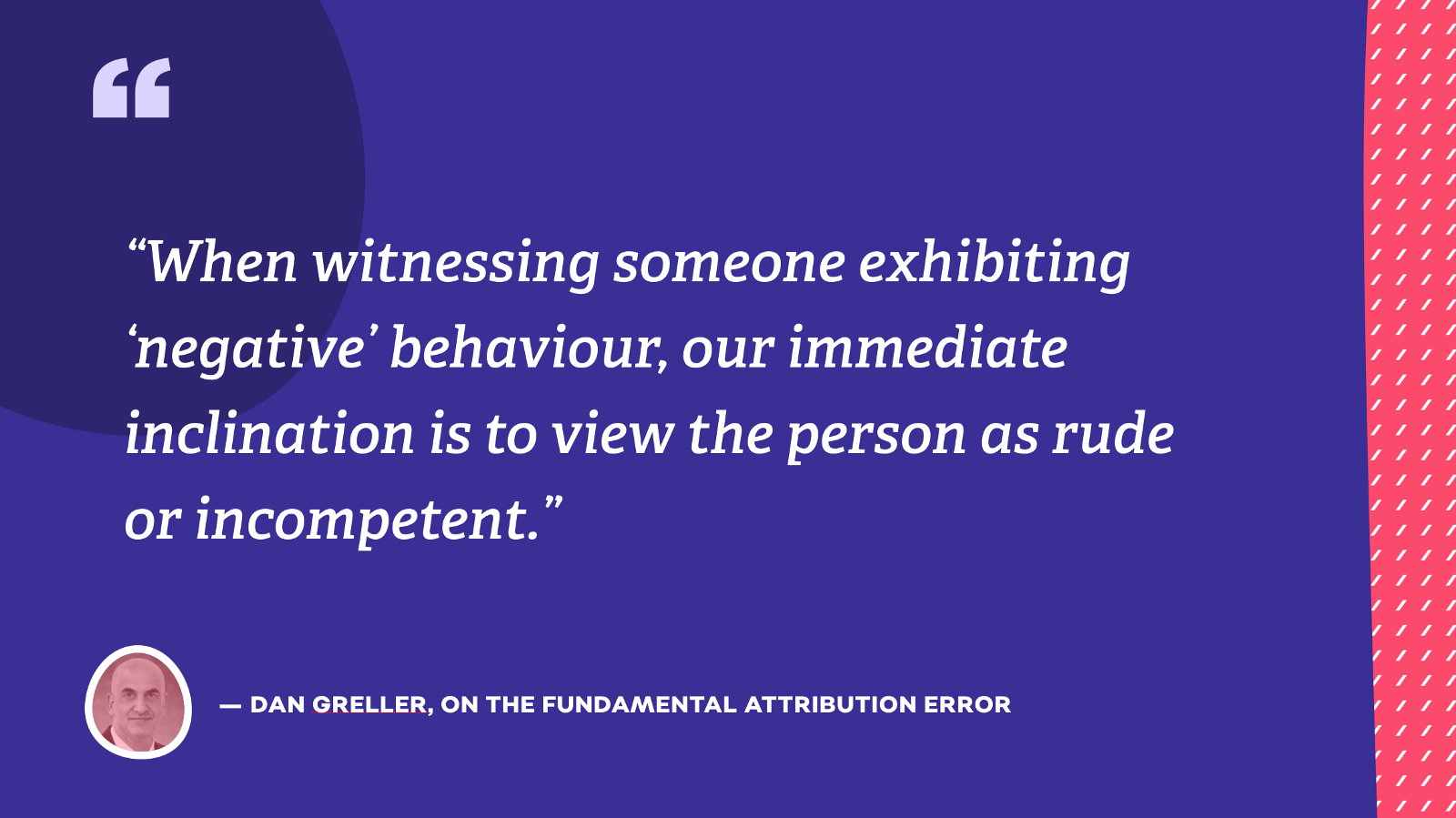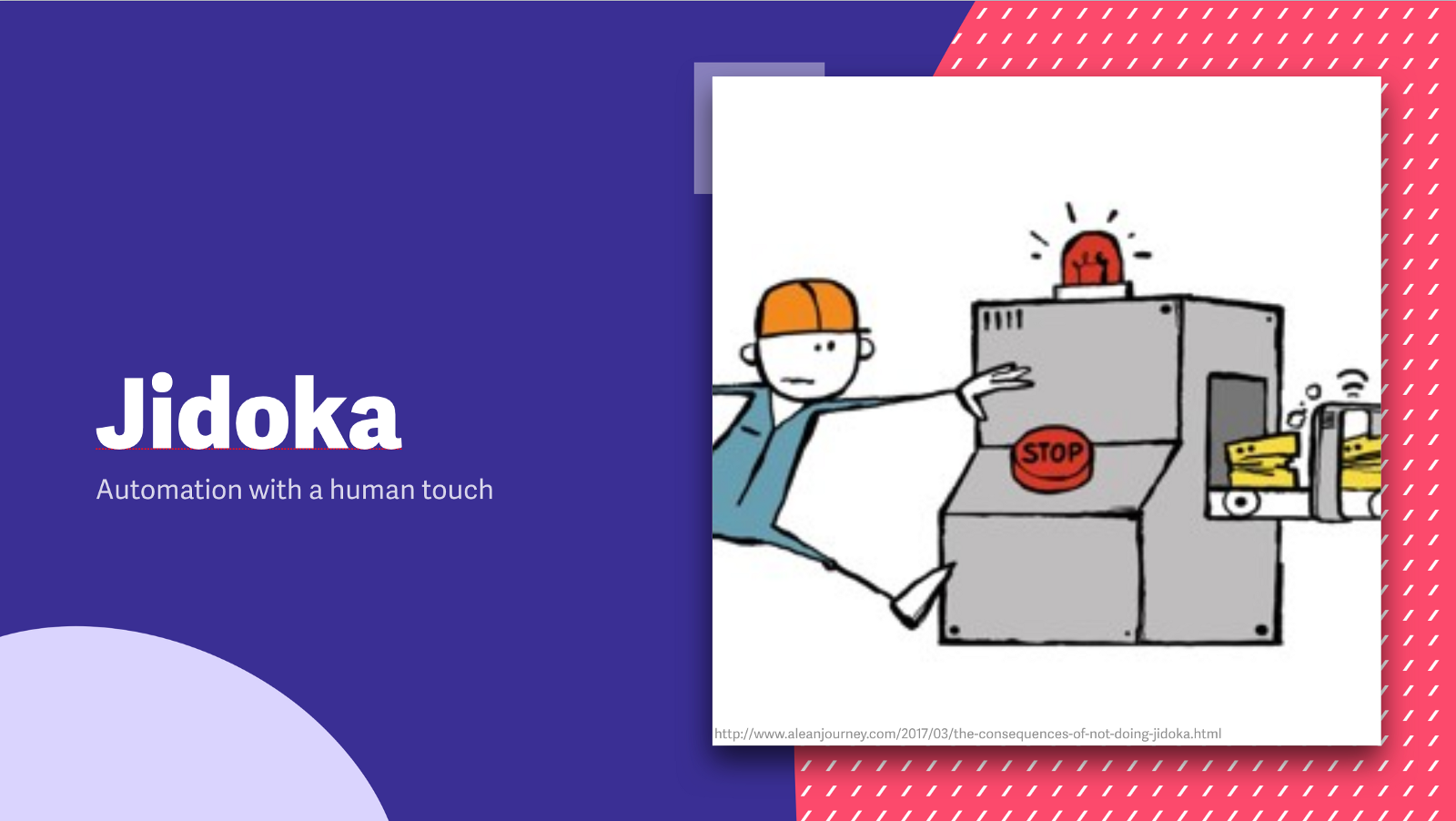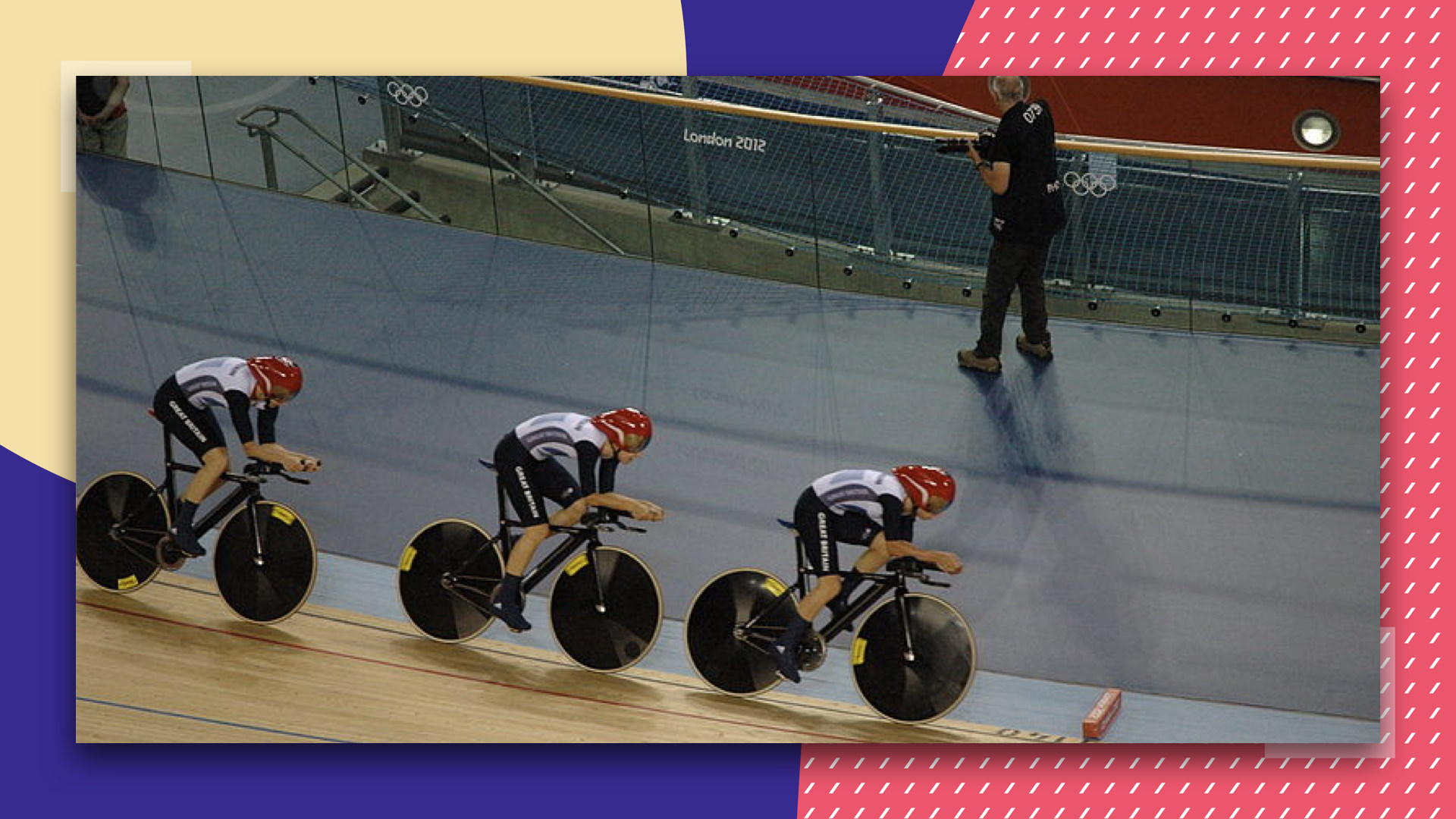Learning from failure in the design industry
Our industry’s penchant for showing semi-fictional, utopian case studies has always rankled me. No project goes smoothly. There’s always something that goes wrong, and it’s often those moments where we grow the most.

The preamble
Over a year and half ago I had the pleasure of meeting Bertrand Litrette at the Interaction conference #IXD17 in New York City. Bertrand runs the Web à Quebec conference, a popular three day event in Quebec City, now in its 8th year.
When the open call for talk submissions came around for WAQ18, I got a nudge from both Bertrand and Andy. I had had an embryonic idea floating around in my head already, and rather impulsively I submitted my outline for a new talk. The idea:
That we — as a relatively young digital design industry — tend to avoid talking about failure, and we lack the constructs to appropriately learn from it.
Last summer I came across Matthew Syed’s book Black box thinking. This book fundamentally changed how I look at our own industry.

Black box thinking by Matthew Syed
Syed’s core argument compares two mammoth industries: health care and aviation. Syed examines how each deal with failure and the differences between them.
With human lives at stake, the health care industry trades on ego. Doctors are prone to clouded judgement due to their pride and reputation. By comparison, the aviation industry actively and objectively seeks out information when things go wrong. Black box flight recorders installed in all planes allows aviation experts to conclude what happened and how it could have been prevented. By understanding the why, they then share the how across the wider industry. By doing so, they help prevent similar incidents from happening in the future.
Is our beloved digital design industry more healthcare than aviation? Do we lack the ability to learn from our mistakes because we’re primarily an ego-driven discipline, unable to deal with failure in a constructive way?
Note: The notion that digital design can be compared to healthcare or aviation is, on the surface, risible. Yet the work we do can and does have an impact on those industries where human lives are at stake. A regrettable example of this was seen in early 2018, when the (poor) design of a simple dropdown menu resulted in mass nuclear panic.
Little fails
Relatively speaking, designers face failure all the time in their careers. That dropdown menu was designed by a designer. Pitches are lost. Projects are canned. Products go to market without a good fit, costing thousands in lost revenue. Agencies go bust. Clients pull project. And so on.
Failure happens all the time. But by better equipping ourselves to learn when things go wrong, we can make more considered decisions in the future. By sharing our learnings we can ensure others avoid making the same mistakes.
Intelligent failure
The reality is, we’re all going to fail at some point, so it’s best to learn how to fail well, as per Rita McGrath, a world-renowned business consultant from Columbia business school in New York.

McGrath postulates that intelligent failure is something that can be practiced, like riding a bike or learning how to swim. As we’re not taught to fail as children, we’re not well-equipped to react accordingly. Our instinctive reactions to failure are often defensive, dysfunctional and generally don’t serve us very well.
McGrath defines intelligent failure by four characteristics:
- It’s carefully planned
- The risks aren’t too great
- The downsides are controlled
- There’s a mechanism for sharing the learnings
Heeding these four concepts isn’t enough for us to learn from failure. As designers there are other, more sinister forces at work that impede our ability to learn when things go wrong.
Ego
We as designers often allow our emotional involvement to cloud our ability to learn when things go wrong. This is seen in the phrase ‘kill your darlings’, whereby we’ve invested time and considerable effort into an aspect of our design solution. We become emotionally invested in it, thereby creating a ‘darling’.

To many of us, this emotional attachment is a balancing act. We need to be emotionally invested, but too much and we start to exhibit signs of the sunk cost fallacy, where the thing you’ve worked on becomes harder to abandon (hence becoming a darling). At this point we’ve allowed our ego and pride to cloud our better judgement. We lose our objectivity, and in doing so we prevent ourselves from seeing where things could be improved or bettered.
Cognitive dissonance
The Aesop’s fable of the Fox and Grapes is an often-used example of cognitive dissonance in action. On a hot, sunny day a fox wanders into a courtyard and sees — hanging high above — a bunch of succulent, juicy grapes. He tries everything in his power to reach them, with no luck. Exhausting himself, he gives up. As we walks away he declares that the grapes are likely sour and not worth eating.

Cognitive dissonance is the ability to ignore or deny any information that conflicts with one’s existing beliefs.
Imagine a designer who believes they’ve created the ideal product feature, only to see it fail miserably in front of users. The designer in this case is our fox. They’ve created a narrative in their head that their design solution will address the user’s needs. Once presented with facts that prove their solution failed, they find it hard to accept the outcome. This conflict is cognitive dissonance.
To reduce their cognitive dissonance, the designer will deny or contest the outcomes of the user testing sessions, often by apportioning blame or reasons why the solution might have failed.
Crucially, the designer’s inability to see the situation objectively means they lose the ability to learn what went wrong and how to avoid similar situations in the future.
The fundamental attribution error
The third dark force against learning from failure is a penchant for laying blame at the feet of others rather than accepting it ourselves.

As designers we tend to incorrectly apportion blame onto circumstances beyond our control. The fundamental attribution error shows itself when a designer blames the results of negative feedback onto anything but themselves. Following from the previous example, the failure of their design solution has nothing to do with their lack of user research, iterative design or stakeholder consultation. Instead it’s the fault of the user in the testing session He just doesn’t get it.
The attribution of blame is a diversion, one that prevents the original designer from realising that they made a mistake and how they can avoid the same situation next time.
Failures as successes
The ability to identify these three dark forces to fail intelligently can result in huge gains. What’s important is having the right mindset to turn negative situations into positive ones, and learn from the inevitable mistakes made along the way.
In most cases, an open mindset comes from an organisation’s culture. Culture underpins how we work and how we identify and adapt to failing.
A great example of a company with a culture dedicated to learning from failure is Japan’s Toyota.
Toyota
Toyota’s manufacturing processes are in fact responsible for many of the ways we as designers work today. They pioneered the lean philosophy we all know and love, and introduced concepts such as kanban and kaizen.

In 1940, Toyota introduced TPS, the Toyota Production System. This philosophical underpinning of many of Toyota’s processes made the company into one of the leaders in automotive manufacturing today.
A lesser-known concept within TPS was that of jidoka. Translated roughly as ‘automation with a human touch', Toyota used jidoka to foster a culture of stopping to fix small problems to avoid bigger ones.

The concept of jidoka saw assembly line workers encouraged and actively encouraged to halt their workstation (and thus the entire assembly line) if they encountered a problem. Stopping the process would trigger a light to glow red. The worker’s team, line manager and supervisors would join the worker to assess and analyse the problem.
Toyota’s culture was (and is) one where problems, mistakes and failures aren’t stigmatised or avoided. Crucially, nor are they celebrated. They are simply accepted as a way to identify what can be improved by fostering a workplace where problems can be found and remedied.
British Cycling team
Like Toyota, another modern legend of embracing failure is the much-lauded British Cycling Team.

In 2010 Sir David Brailsford took over the team, knowing that no British cyclist had ever won the Tour de France, let alone place well at the Olympics.
Brailsford approached his challenge in a unique way. By applying a tested technique seen by our friends at Toyota, Brailsford championed the aggregation of marginal gains, based on the foundation of kaizen.
Brailsford’s concept was simple: Find and improve everything you do by 1%.
Imagine finding and improving everything you do by 1%. You’d likely find some obvious and sure-fire things that could be improved by a trivial 1%. Going to bed 1% earlier. Walking 1% faster or longer.
As you exhaust the obvious candidates, you start finding it harder to improve what you do. Brailsford’s team found that they had to be open and honest with what they could improve. They were forced to look at themselves and their inconsistencies and failures, and assertively go about improving them.
Since Brailsford took over, with the concept of marginal gains implemented across the organisation, the British Cycling team has become a dominant global force. They have since won the Tour de France 5 times, plus countless medals at the Olympics, most notably in 2012.
In closing
By better understanding why things go wrong, we can improve. More so, by respecting the three dark forces that work against us as designers, we can be more receptive to learning from our mistakes as we progress in our careers.
How we deal with failure is crucial to learning from our mistakes. Intelligent failure allows us to adapt to unfortunate scenarios better, and identify the areas in which we can improve.
Finally, failure itself can create the best opportunities for growth for individuals and organisations. Countless companies around the world have become successful due to their attitude towards failure, as seen in Toyota and British Cycling. The common characteristic between these and many others is the culture each cultivate and foster. How your own design organisation can become better is shared in Part 2 of this article.
This article was originally published on Medium and Prototypr.io
July 30th, 2018